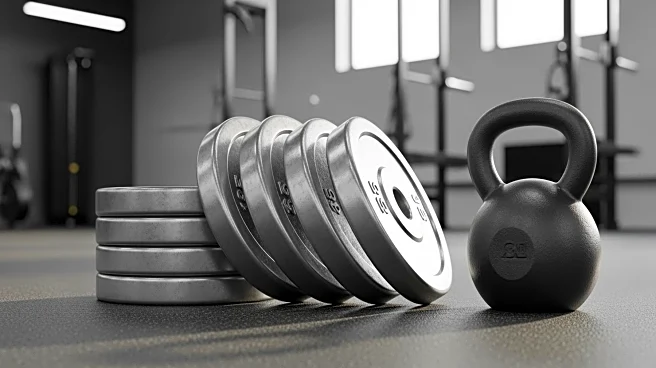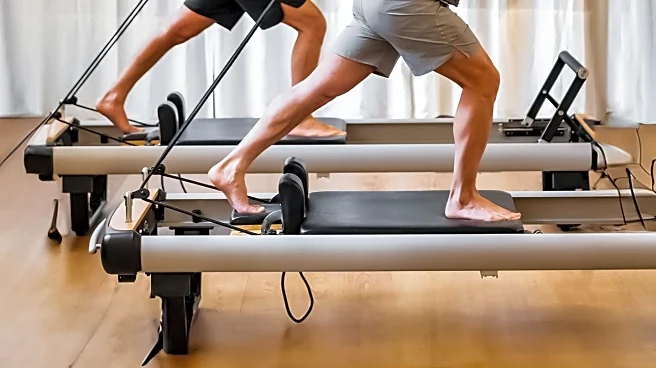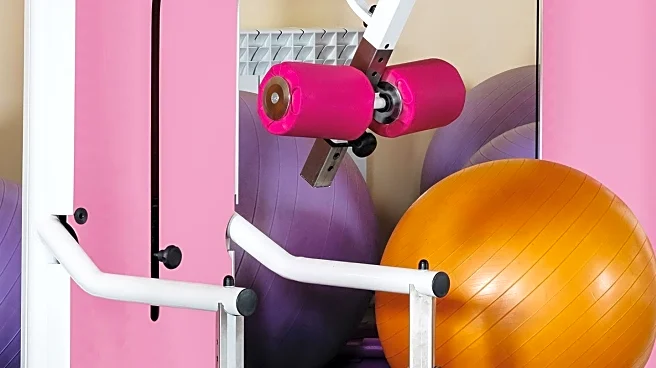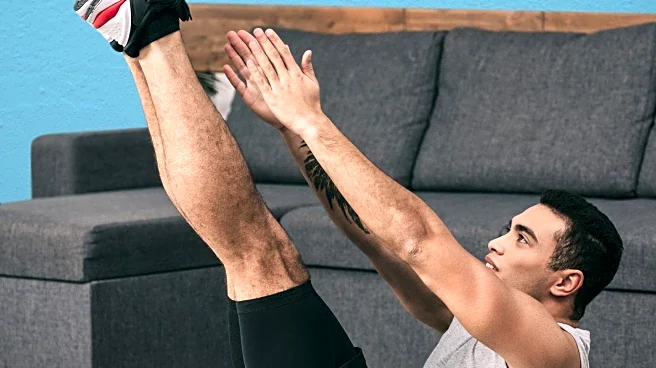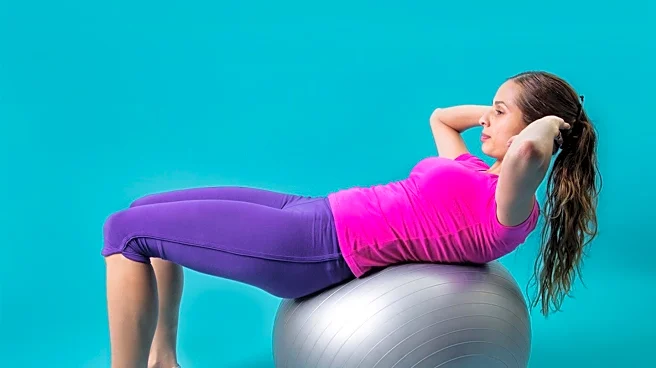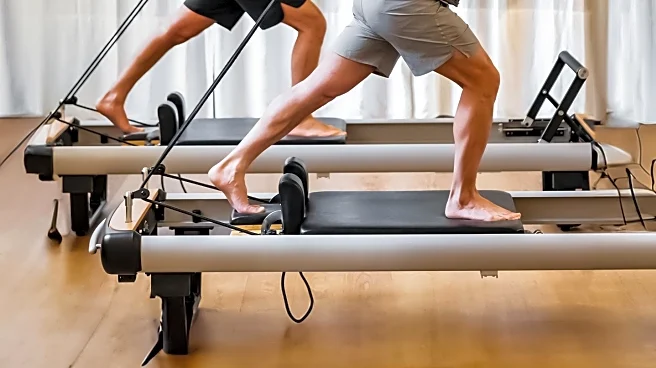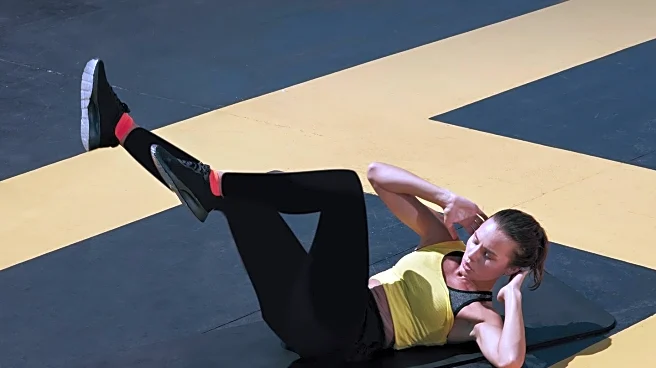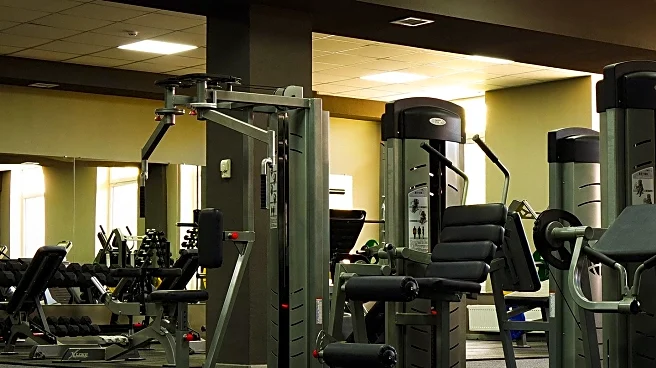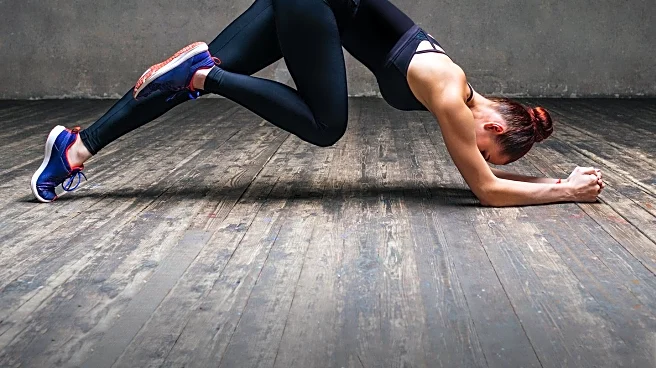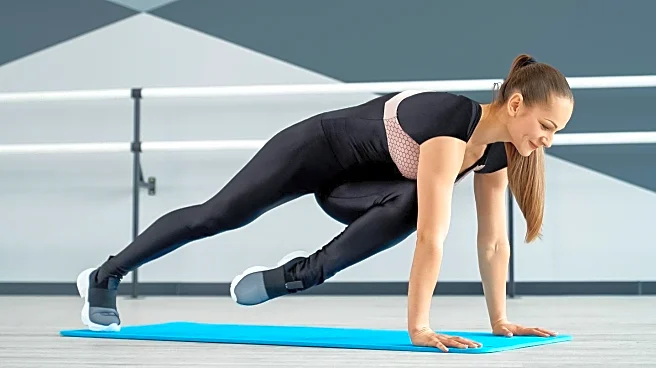What's Happening?
Weightlifting inherently builds core strength through movements such as front squats, overhead squats, presses, cleans, and deadlifts. These exercises engage the core muscles, including the abdominals, obliques, and lower back, contributing to overall
muscle development and injury resilience. For those seeking additional core work, exercises like weighted planks, back extensions, side bends, overhead carries, hanging leg lifts, deadbugs, and cable crunches can be incorporated at the end of training sessions. These exercises target specific areas of the core, enhancing stability and strength, which are crucial for heavy lifts and Olympic weightlifting movements.
Why It's Important?
Core strength is vital for weightlifters as it supports stability and injury prevention during heavy lifts. By incorporating targeted core exercises, lifters can improve their performance in competition lifts and increase their resilience against injuries. Strong core muscles contribute to better bracing and control during lifts, which can lead to improved technique and increased lifting capacity. Additionally, these exercises can help lifters address specific weaknesses in their core, leading to more balanced muscle development and enhanced athletic performance.
What's Next?
Lifters are encouraged to integrate core-specific exercises into their training regimen, ensuring they do not overtrain and compromise their performance in competition lifts. A balanced approach involves adding one core-specific movement per workout, with 2-4 sets of varying repetitions. Lifters should focus on exercises that complement their existing training program, such as back extensions for lower back strength, cable crunches for abdominal development, and deadbugs for overall core stability. This strategic integration can lead to improved lifting performance and reduced risk of injury.
Beyond the Headlines
The emphasis on core training highlights the importance of holistic strength development in weightlifting. As lifters focus on core stability, they may also experience improvements in posture, balance, and overall functional fitness. This approach can lead to long-term benefits, including enhanced athletic performance and reduced risk of chronic injuries. Furthermore, the focus on core exercises may encourage lifters to explore other aspects of fitness, such as flexibility and mobility, contributing to a well-rounded training program.
